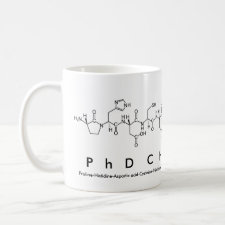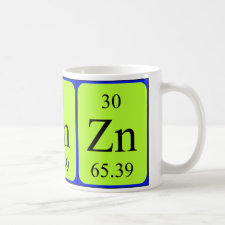
Authors: Sun YK, Jia M, Yang J, Huang YP, Liu ZS, Aisa HA
Article Title: A strategy of utilizing Zn(II) as metallic pivot in room temperature ionic liquid to prepare molecularly imprinted polymers for compound with intramolecular hydrogen bonds.
Publication date: 2018
Journal: Analytical and Bioanalytical Chemistry
Volume: 410
Issue: (2)
Page numbers: 349-359.
DOI: 10.1007/s00216-017-0765-0
Abstract: A method of preparing molecularly imprinted polymers (MIPs) with Zn(II) as a metallic pivot was adopted to solve the problem of imprinting compound with intramolecular hydrogen bonds by forming stronger coordination binding interaction among the template-functional monomer-Zn2+ complex. A ternary porogenic system including dimethyl sulfoxide, dimethylformamide, and room temperature ionic liquid 1-butyl-3-methylimidazolium tetrafluoroborate was employed to fabricate imprinted monolith with high porosity and good flow-through properties, in which chicoric acid (CA), zinc acetate, 4-vinylpyridine (4-VP), and ethylene glycol dimethacrylate (EDMA) was the template, metallic ion, functional monomer, as well as crosslinker, respectively. The influence of polymerization factors including the 4-VP-CA ratio, monomer-crosslinker ratio, template-Zn2+ ratio on imprinting factors was systematically investigated. When the ratio of 4-VP to CA was 24:1, the greatest IF value (24.81) was achieved on the CA-MIP prepared with zinc acetate. In addition, off-line SPE with the optimal MIPs monolith led to high purity of CA (98.0% ± 0.5%) from extraction of Cichorium intybus L. roots with the recovery of 77.5% ± 2.5% (n = 6). As a conclusion,-áthe strategy of introducing metal ions as metal pivot to prepare MIPs was a powerful method for the MIPs synthesis to the template molecules with intramolecular hydrogen bonds
Template and target information: chicoric acid, CA
Author keywords: molecularly imprinted polymer, Zn(II), metallic pivot, solid phase extraction, Chicoric acid, Intramolecular hydrogen bonds



Join the Society for Molecular Imprinting

New items RSS feed
Sign-up for e-mail updates:
Choose between receiving an occasional newsletter or more frequent e-mail alerts.
Click here to go to the sign-up page.
Is your name elemental or peptidic? Enter your name and find out by clicking either of the buttons below!
Other products you may like:
 MIPdatabase
MIPdatabase









